Pollution from Old Networks and Solid Waste in the Tyup Bay Aquatory
Coordinates: 42°45'09.9"N 78°12'25.2"E
On June 13, 2022, a team of divers and volunteers from the "Clean Issyk-Kul" Public Foundation will embark on a four-day business trip to the shores of Lake Issyk-Kul to continue the implementation of the "Save Issyk-Kul from Nets" Project (supported by ARGOS, CEPF, and the World Wildlife Fund). During this trip, the volunteer divers will conduct an inspection of the waters of the Tyup Bay near the pier of the village of Kurmenty for old fishing nets and subsequently raise them from the bottom of the lake.
In 2017, divers from the "Clean Issyk-Kul" Public Foundation already surveyed certain areas of the bottom of Tyup Bay for old fishing nets and fish entangled in them.
This summer, we aim to raise as many old nets from the bottom of the lake as possible and, as far as possible, to clean the aquatic habitat of fish and waterfowl from this threat. Many old tires from cargo vehicles were also found on the bottom near the Kurmenty pier in 2017.
While it is possible to manually raise old fishing nets, extracting heavy cargo tires from the bottom of the lake without mechanical means is extremely challenging. We sincerely hope that the leadership of the Tyup District can provide practical assistance, both with technical means and by involving the local population.
Participants of the "Clean Issyk-Kul" Volunteer Movement have conducted numerous dives in various locations around Issyk-Kul and filmed video materials showing that bottom pollution has a threatening trend, which appears to be a complex issue to tackle but must be addressed immediately. The low cost and wide availability of nets lead to fishermen not removing them even after the fishing season ends. Abandoned nets are dangerous for migratory birds and other inhabitants of the lake.
On June 8, 2022, an official letter was sent from the "Clean Issyk-Kul" Public Foundation to the Tyup District Akimat proposing a joint environmental protection event involving local residents to clean the bottom and shores of Lake Issyk-Kul from old fishing nets, as well as industrial and household waste.
REFERENCE: Kurmenty (Ak-Bulak) is a village in the Tyup District of the Issyk-Kul Region of Kyrgyzstan. It is located on the shores of Lake Issyk-Kul (Tyup Bay), and the local population is mainly engaged in agriculture and livestock breeding; there is also a cement plant in the village. The Kurmenty River ("Kurmentinka") flows near the village. The name of the village is derived from the name of this river.
REFERENCE: The Government of Kyrgyzstan also notes that an unfavorable ecological situation has developed in the resort area of Issyk-Kul. This has already led to a decrease in the recreational value of the lake complex and, if existing negative trends continue, could result in irreversible ecological and economic losses. One of the main sources of pollution is the cities and settlements located in the coastal zone and along the banks of rivers flowing into Issyk-Kul. Many private boarding houses, rest homes, hotels, and other facilities lack sewage systems and treatment facilities.
The EcoMiR Public Foundation - Environmental Monitoring and Investigations thanks the "Clean Issyk-Kul" Public Foundation for the provided material.
On June 13, 2022, a team of divers and volunteers from the "Clean Issyk-Kul" Public Foundation will embark on a four-day business trip to the shores of Lake Issyk-Kul to continue the implementation of the "Save Issyk-Kul from Nets" Project (supported by ARGOS, CEPF, and the World Wildlife Fund). During this trip, the volunteer divers will conduct an inspection of the waters of the Tyup Bay near the pier of the village of Kurmenty for old fishing nets and subsequently raise them from the bottom of the lake.
In 2017, divers from the "Clean Issyk-Kul" Public Foundation already surveyed certain areas of the bottom of Tyup Bay for old fishing nets and fish entangled in them.
This summer, we aim to raise as many old nets from the bottom of the lake as possible and, as far as possible, to clean the aquatic habitat of fish and waterfowl from this threat. Many old tires from cargo vehicles were also found on the bottom near the Kurmenty pier in 2017.
While it is possible to manually raise old fishing nets, extracting heavy cargo tires from the bottom of the lake without mechanical means is extremely challenging. We sincerely hope that the leadership of the Tyup District can provide practical assistance, both with technical means and by involving the local population.
Participants of the "Clean Issyk-Kul" Volunteer Movement have conducted numerous dives in various locations around Issyk-Kul and filmed video materials showing that bottom pollution has a threatening trend, which appears to be a complex issue to tackle but must be addressed immediately. The low cost and wide availability of nets lead to fishermen not removing them even after the fishing season ends. Abandoned nets are dangerous for migratory birds and other inhabitants of the lake.
On June 8, 2022, an official letter was sent from the "Clean Issyk-Kul" Public Foundation to the Tyup District Akimat proposing a joint environmental protection event involving local residents to clean the bottom and shores of Lake Issyk-Kul from old fishing nets, as well as industrial and household waste.
REFERENCE: Kurmenty (Ak-Bulak) is a village in the Tyup District of the Issyk-Kul Region of Kyrgyzstan. It is located on the shores of Lake Issyk-Kul (Tyup Bay), and the local population is mainly engaged in agriculture and livestock breeding; there is also a cement plant in the village. The Kurmenty River ("Kurmentinka") flows near the village. The name of the village is derived from the name of this river.
REFERENCE: The Government of Kyrgyzstan also notes that an unfavorable ecological situation has developed in the resort area of Issyk-Kul. This has already led to a decrease in the recreational value of the lake complex and, if existing negative trends continue, could result in irreversible ecological and economic losses. One of the main sources of pollution is the cities and settlements located in the coastal zone and along the banks of rivers flowing into Issyk-Kul. Many private boarding houses, rest homes, hotels, and other facilities lack sewage systems and treatment facilities.
The EcoMiR Public Foundation - Environmental Monitoring and Investigations thanks the "Clean Issyk-Kul" Public Foundation for the provided material.

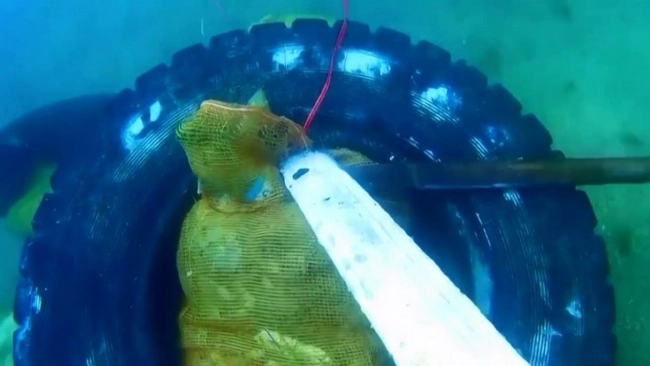
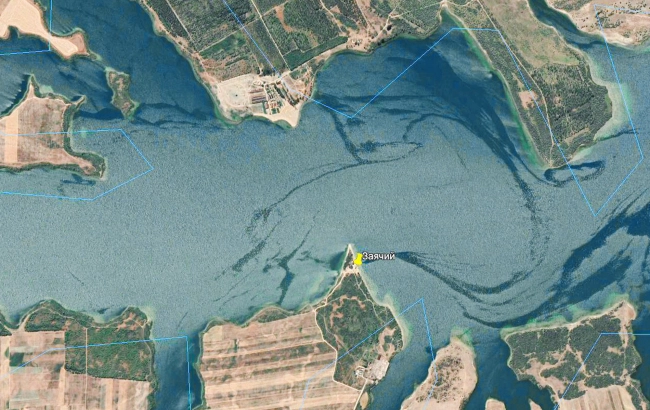
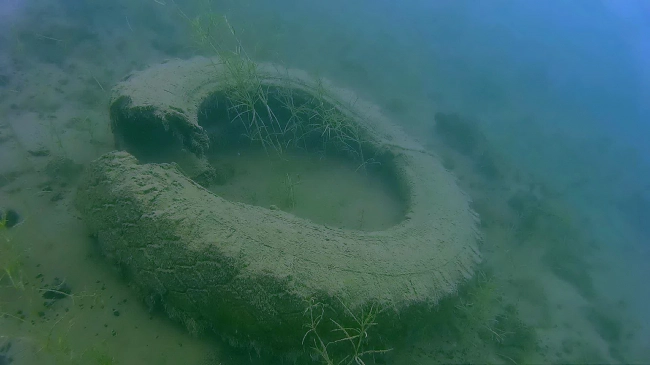
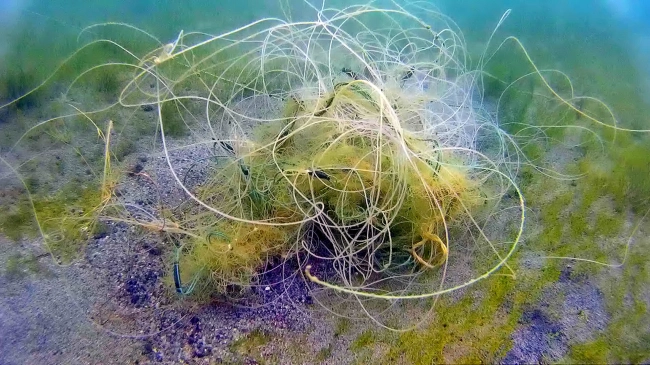
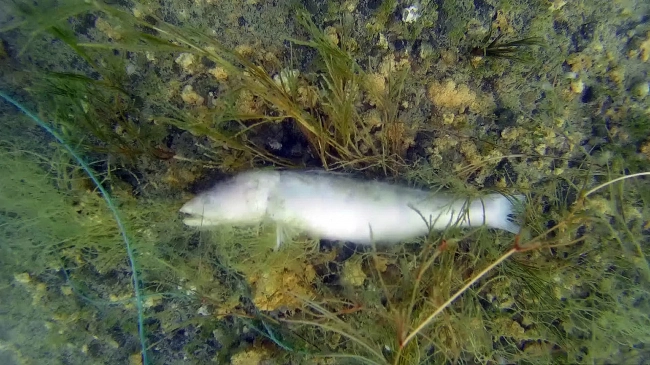

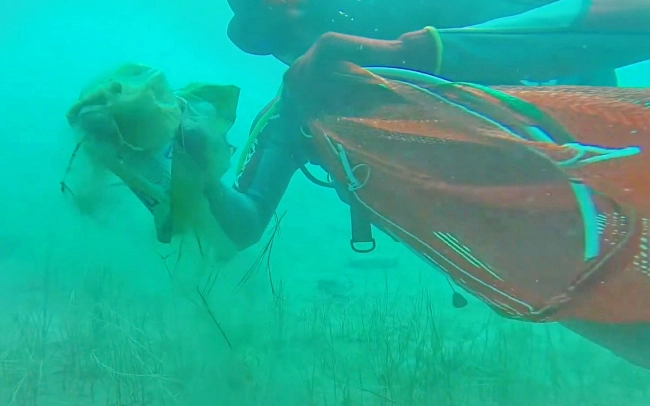
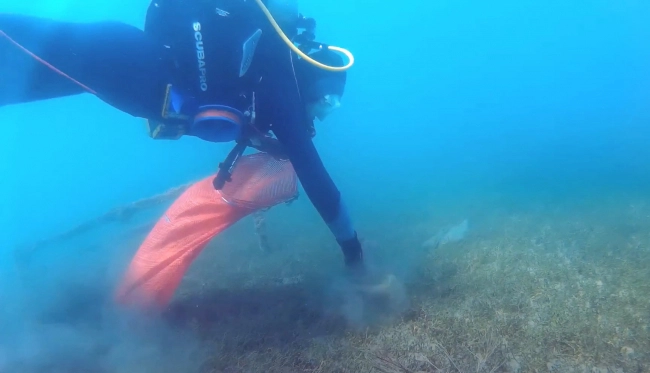


















Attention: Information based on submitted complaints